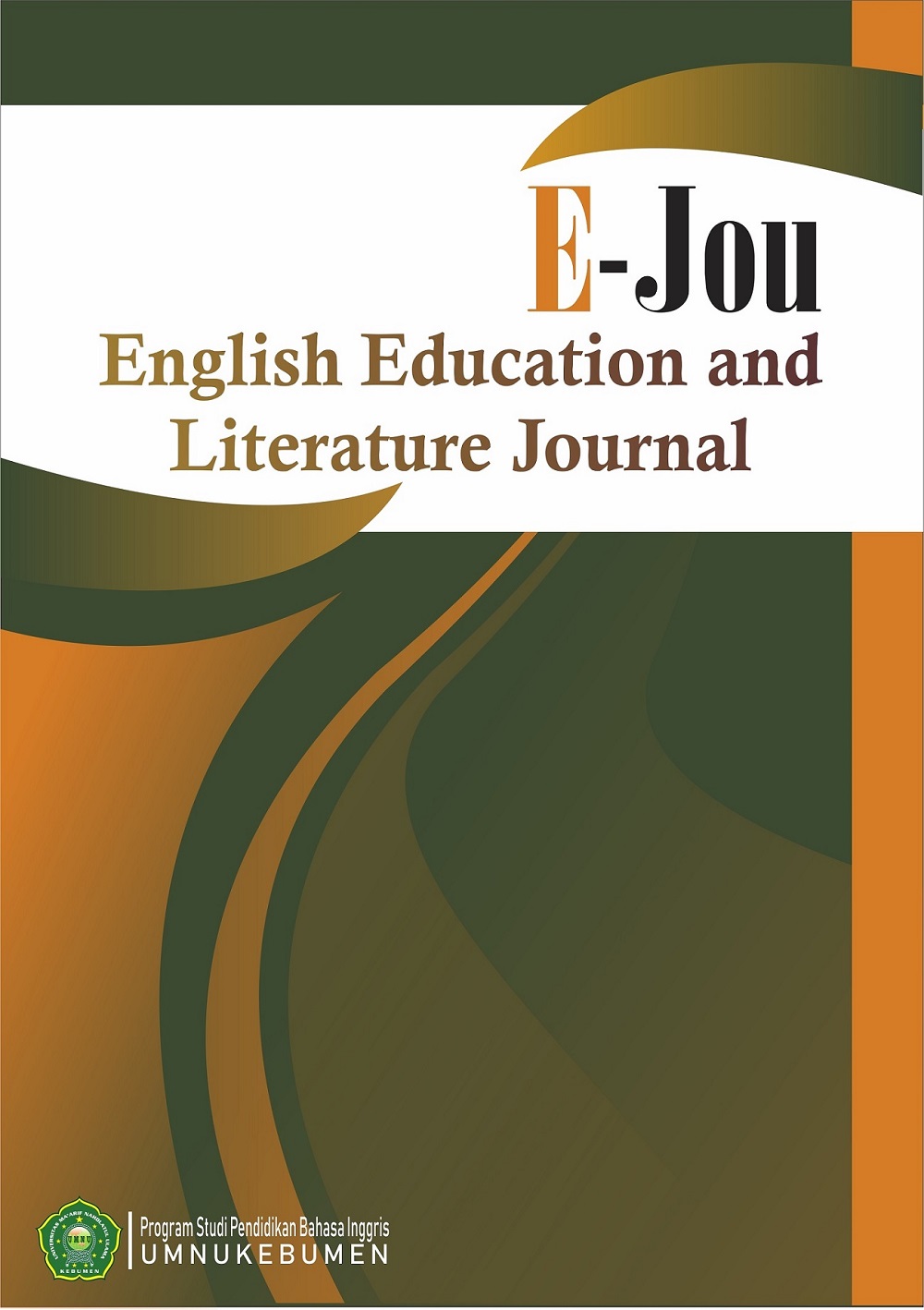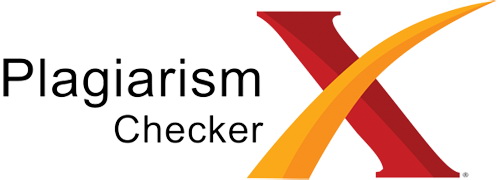Students’ Speaking Strategies in English Lesson At Vocational High School of Ma’arif V Kebumen
DOI:
https://doi.org/10.53863/ejou.v3i02.841Keywords:
Direct strategies, indirect strategies, speaking skillsAbstract
Speaking strategies play a vital role in enhancing communication skills and promoting meaningful engagement between speakers and their audiences. This research was aimed to investigate the both direct and indirect strategies used by students in order to succeed in their speaking lesson in English subject. The survey design was used in the research. The researcher gathered quantitative, numbered data via one-on-one questionnaires and interviews; and then, statistically analyzed the data to describe trends regarding question responses to answer the research questions. The samples were 60 students at the 12th grade of SMK Ma’arif V Kebumen in the academic year of 2022/2023. The survey revealed that in order to develop their speaking abilities, the students have adopted a number of direct and indirect speaking strategies. These strategies addressed a variety of areas, such as memory, cognition, compensation, metacognition, affective, and social interaction. Direct strategies are those that are explicitly taught to students. These include things like rehearsal, using visual, and using a dictionary. Indirect strategies are those that are not explicitly taught, but that students learn through experience. These include things like using planning, finding a speaking partner, and using humor. The study suggested that a combination of direct and indirect strategies can be effective in improving speaking skills. Teachers should consider using a variety of strategies to help their students improve their speaking skills.
Keywords: Direct strategies, indirect strategies, speaking skills
References
Albers, C. J., & Alden, L. E. (2017). Relaxation techniques for public speaking anxiety: A meta-analysis. Journal of Anxiety Disorders, 48, 10-21.
Brown, J. D. (2001). Using surveys in language programs. Cambridge: Cambridge University Press.
Cameron, L. (2001). Using schemata to facilitate second language learning. Applied Linguistics, 22(2), 181-203.
Creswell, J. W. (2012). Educational research: Planning, conducting, and evaluating quantitative and qualitative research (4th ed.). Boston, MA: Pearson.
Etikan, I., Onyebuchi, G., & Abubakar, A. M. (2016). Sampling and sample size determination for research: A review. Cogent Business & Management, 3(1), 1088640.
Giles, H. (1973). Attributing social meaning to speech: Social markers, inference and social identity. In C. Fraser & J. C. R. Licklider (Eds.), Speech communication: A book of readings (pp. 305-344). New York: McGraw-Hill.
Jawad, M. (2018). Speaking strategies used by EFL university students: A qualitative study. English Language Teaching, 11(3), 1-13.
Lind, D. A., Marchal, W. G., & Wathen, S. A. (2017). Statistics for business and economics (14th ed.). Boston, MA: Pearson.
Mekheimer, N. (2017). Metacognitive speaking strategies in English as a foreign language: A comparative study. Procedia - Social and Behavioral Sciences, 237, 597-604.
Nikoopour, M. (2020). Exploring speaking strategies of ESL learners in a problem-based learning environment. Language Learning, 70(2), 169-202.
Oxford, R. L. (1990). Language Learning Strategies: What Every Teacher Should Know. Boston: Heinle & Heinle Publisher
Piaget, J. (1952). The origins of intelligence in children. New York: International Universities Press.
Sahin, F. (2019). Speaking strategies and anxiety levels of English language learners. Language Learning Journal, 47(4), 464-479.
Schreiber, C. A. (2018). Dual coding theory: An updated overview and application to language learning. Frontiers in Psychology, 9, 1358.
Vygotsky, L. S. (1978). Mind in society: The development of higher psychological processes. Cambridge, MA: Harvard University Press.
Zimmerman, B. J. (2000). Self-regulated learning and academic achievement: An overview. In M. Boekaerts, P. R. Pintrich, & M. Zeidner (Eds.), Handbook of self-regulation (pp. 13-39). San Diego, CA: Academic Press.
Downloads
Published
How to Cite
Issue
Section
License
Copyright (c) 2023 Hastri Firharmawan,Aulia Rahmawati,Eka Nurhidayat

This work is licensed under a Creative Commons Attribution-ShareAlike 4.0 International License.
Authors retain copyright and grant the journal right of first publication with the work simultaneously licensed under a Creative Commons Attribution-ShareAlike 4.0 International License that allows others to share the work with an acknowledgment of the work’s authorship and initial publication in this journal














